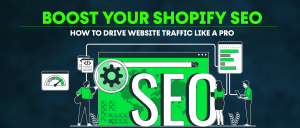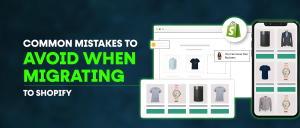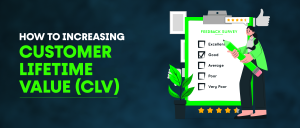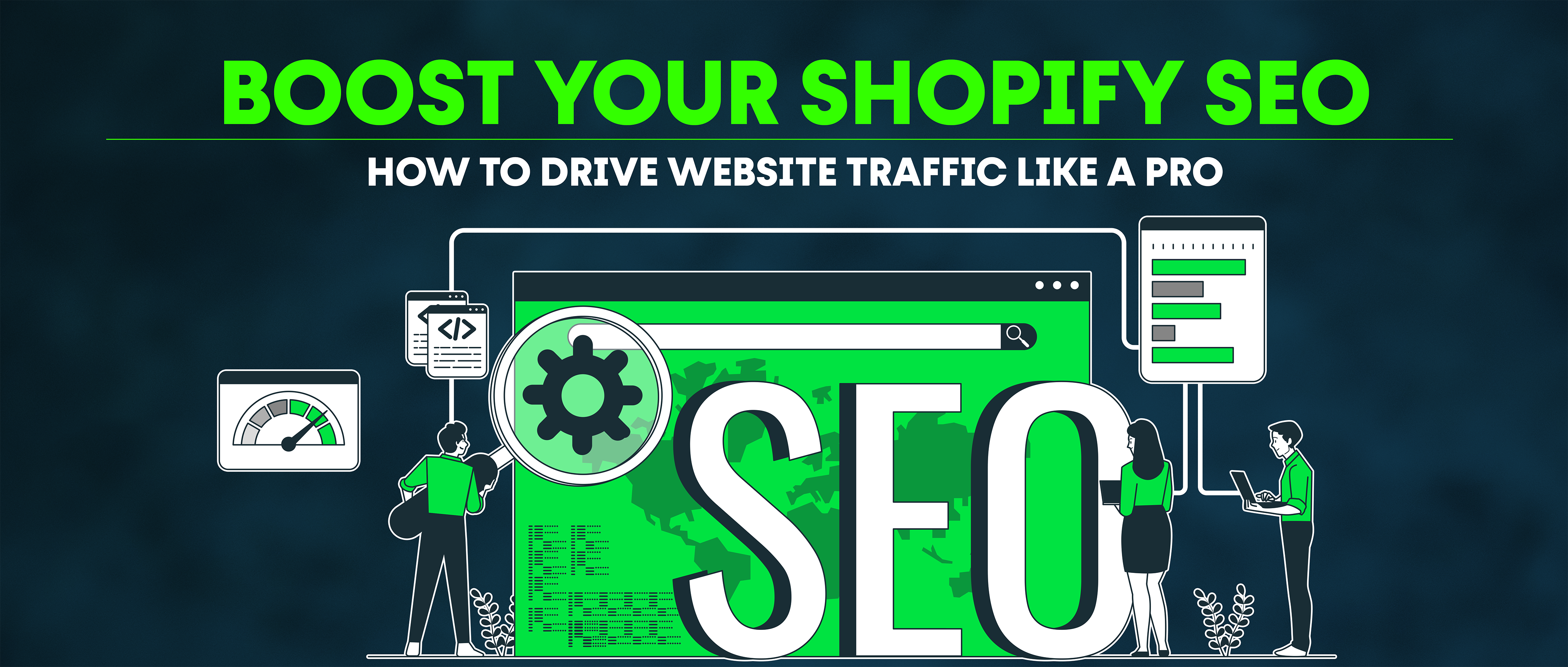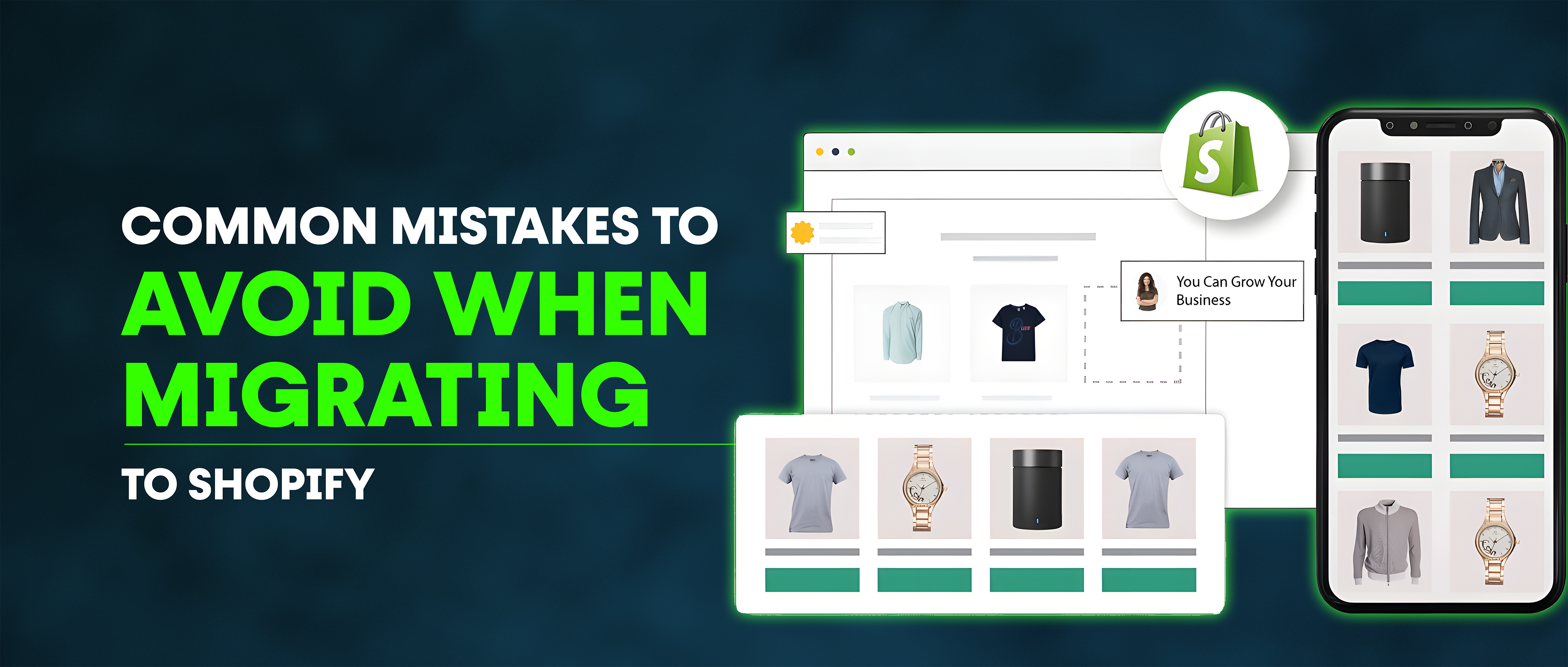Are you trying to drive qualified traffic and boost sales for your B2B eCommerce site using B2C SEO strategies?
Well, you’re in the right place—because that approach won’t cut it!
Using B2C SEO tactics on a B2B eCommerce site is like signing up a bodybuilder for a marathon. Sure, they’re strong, but marathon runners require a completely different skill set and training.
Similarly, optimizing your B2B eCommerce site to attract the right audience involves a distinct strategy compared to B2C optimization.
While B2C SEO may bring traffic to your site, it often won’t connect you with the right buyers—those genuinely interested and capable of purchasing your products. If you’re only attracting unqualified leads, what’s the point?
In this blog post, we’ll explore the key differences between optimizing B2B and B2C eCommerce sites.
Plus, if you stick around until the end, you’ll get a peek into our proven SEO strategy that has helped our B2B clients meet and exceed their goals. (Yes, we’re sharing this for free!)
So, lace up your running shoes as we navigate the B2B eCommerce marathon together!
What is eCommerce Search Engine Optimization?
eCommerce Search Engine Optimization (SEO) is the process of optimizing an online store to improve its visibility in search engine results pages (SERPs). The goal is to drive organic traffic to your site, increase brand awareness, and ultimately boost sales. Effective eCommerce SEO involves a combination of on-page and off-page strategies, including keyword research, content optimization, technical SEO, and link building.
Key Components of eCommerce SEO:
- Keyword Research: Identifying the terms and phrases that potential customers use to search for your products.
- On-Page Optimization: Crafting product descriptions, meta titles, and tags that are optimized for both search engines and users.
- Technical SEO: Ensuring that your site’s architecture is optimized for crawling and indexing by search engines.
- Content Marketing: Creating valuable content that addresses the needs of your audience and positions your brand as an industry authority.
- Link Building: Earning backlinks from reputable sites to enhance your domain authority and improve your rankings.
The Differences Between B2C and B2B eCommerce SEO
While B2C (Business-to-Consumer) and B2B (Business-to-Business) eCommerce share some SEO principles, several key differences exist in their strategies and execution.
1. Target Audience
- B2C: The target audience consists of individual consumers who often make quick purchasing decisions. SEO strategies may focus on emotional appeals and trending keywords.
- B2B: The audience includes businesses and organizations, which means decision-making processes are usually longer and involve multiple stakeholders. SEO strategies need to address the specific needs and pain points of businesses.
2. Keywords
- B2C: B2C keyword strategies typically target shorter, more general keywords (e.g., “buy shoes online”).
- B2B: B2B SEO often involves longer, more specific keywords, known as long-tail keywords (e.g., “bulk office supplies for small businesses”). These keywords usually reflect a deeper understanding of the buyer’s intent and the specific solutions they seek.
3. Content Types
- B2C: Content tends to be more promotional and engaging, focusing on lifestyle and emotional benefits (e.g., blog posts, social media content).
- B2B: Content is generally more informative and educational, including white papers, case studies, webinars, and industry reports that help businesses make informed decisions.
4. Conversion Goals
- B2C: The primary goal is usually immediate sales, often through simple, streamlined purchasing processes.
- B2B: The focus is on lead generation and nurturing relationships over time. Conversion may involve capturing contact information for follow-ups or providing demos, rather than immediate sales.
5. User Experience
- B2C: The emphasis is on a visually appealing, user-friendly interface that encourages quick purchases.
- B2B: User experience is critical, but it also needs to cater to complex buyer journeys, featuring elements like detailed product specifications, pricing structures, and account management features.
6. Link Building
- B2C: B2C sites may benefit from influencer partnerships and social media campaigns that generate buzz and backlinks.
- B2B: B2B link-building strategies often involve networking with industry publications, guest blogging, and contributing to authoritative resources that target professional audiences.
Conclusion
Optimizing your eCommerce site for B2B buyers requires a distinct approach that considers the unique characteristics of the B2B marketplace. By understanding the differences between B2C and B2B eCommerce SEO and implementing tailored strategies, you can enhance your online visibility and attract the right audience.
To successfully navigate the world of B2B eCommerce SEO, focus on creating valuable content, optimizing for long-tail keywords, and building strong relationships within your industry. With the right strategies in place, you can position your business for sustained growth and success in the competitive eCommerce landscape.



